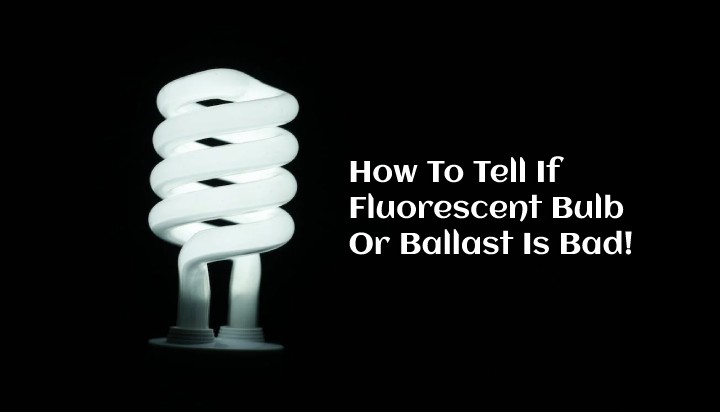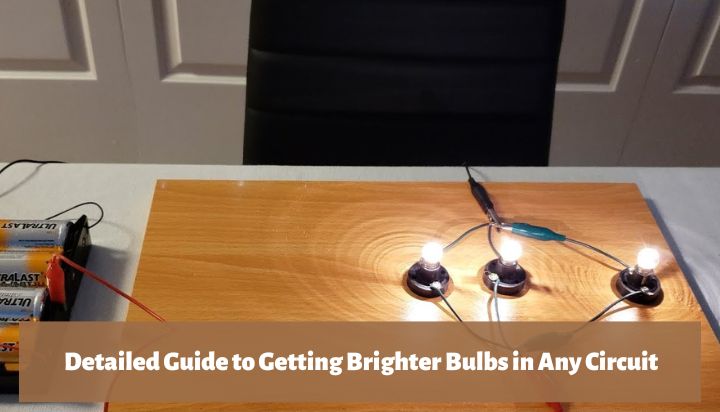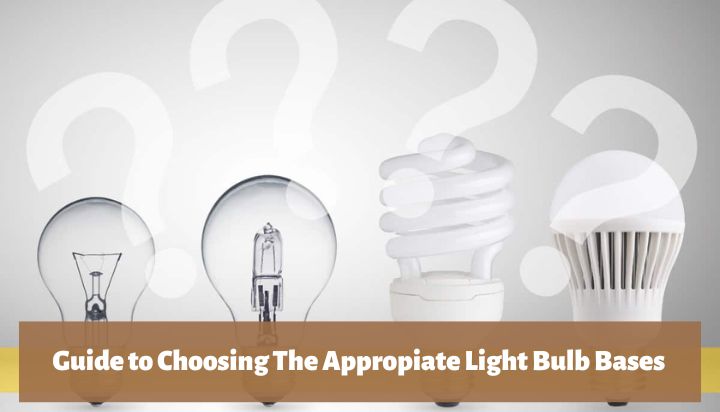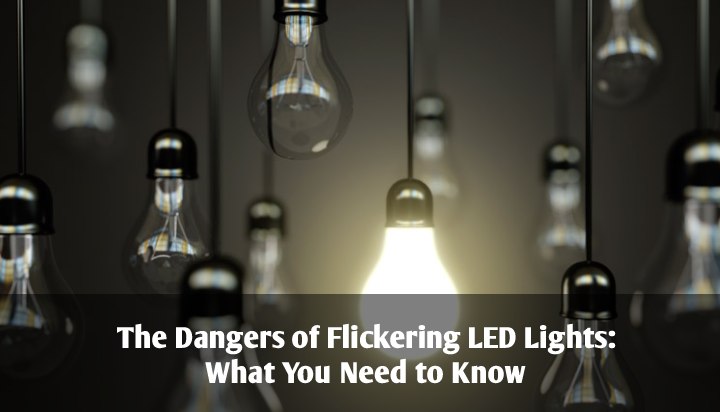A lot of times folks are not able to identify if the fluorescent bulb is faulty or the ballast and look for ways to detect that.
So, how to tell if fluorescent bulb or ballast is bad?
The faulty bulb has black marks and red beams at the edge. And if changing the bulb won’t make it work, then the ballast is bad.
In this guide, I’ll share all the ways how one can understand if the fluorescent bulb or ballast is bad or not. Ready!

Check These Signs To Tell If A Fluorescent Bulb Or Ballast Is Bad!
To understand if the fluorescent bulb or ballast is bad, I’ll explain them separately so you can get the point. Here I go:
Exactly What Happens When Fluorescent Bulb Goes Bad?
In a natural way, the faulty fluorescent bulb will show the marks and behave differently than usual manner. Just like led lights glow dim when switched off, fluorescent bulbs will show a similar reaction if it’s in the end time of life. Let me explain it in detail:
- Light seems to start at a very low level.
- The edge side contains dim burning red lighting.
- The ends seem to have dark brown or blackish marks for up to 2 – 3 inches.
- One of both sides (border) contains black marks due to evaporation.
If your bulb tends to act exactly as I mentioned above, then it’s best to replace it immediately.
Exactly What Happens When Fluorescent Ballast Goes Bad?
There are a few indications that make it clear that the issue is fluorescent ballast (not bulb). Plus, the easiest way to detect it is by changing the bulb. If it doesn’t work, then the ballast is bad. Other than this indication, here are other details:
- The fluorescent light flickering or snaking is a common sign of faulty ballast.
- If the bulb on the ballast area seems hot or leaking tar, then it means the issue is related to the ballast.
- The light output seems to lessen or reduced.
- Sometimes the central area of the bulb is dim while the rest seem to brighten up. If that happens, then the issue is with the ballast.
- The ballast is the culprit if the fluorescent light not working but has power.
- An indication like a loud buzz or humming noise from the bulb means the ballast is bad.
- If you install new light in the lighting fixture and the end area already darkening, then it means that the ballast is faulty.
Even after matching the symptoms, you might need to test it before changing the old ballast with the new one. Ensure to match the wattage and dimensions!
Is There A Way To Test A Fluorescent Ballast?
Yes, there’s a way if you have a multimeter. Once you are 50% sure that the ballast is faulty by checking its behavior, it’s time to test the part. That’s how do you check if a ballast is bad:
- Turn off the power supply to the room.
- Get into a ladder.
- Take out the case of the fluorescent lighting fixture using your hand.
- Remove one or both lights just like you usually do.
- Use a pry bar or your hand to detach the ballast cover.
- Pull out the wire tube and tape from each wire that holds the ballast to the power supply.
- Twist the wires in the opposite direction to disconnect the ballast easily.
- Remove the ballast.
- Ensure the wires are separated based on colors. Make the white and black wires in different directions using tape so you can easily find them.
- Grab the multimeter on a table and ballast (side by side).
- Set the multimeter to the lowest ohm around 200 ohms with a beat tone. Start the testing:
- Place the black lead on the white wire conductor and the red lead on the first yellow wire. No beep or change should occur.
- Next, place the black lead on the same (white) wire and the red lead on the first red wire. Nothing should change and no sound should come.
- Then, place the black lead on the same (white) wire and the red lead on the blue wire. No sound or change should occur.
- If any of these wires (2 red, 2 blue, or 2 yellow cables) make a beep sound or show changes in ohms, then the multimeter is stating that the ballast is faulty.
- Install new ballast and put everything back in the spot.
Wrapping Up
With only observation and testing, you can easily tell if a fluorescent bulb or ballast is bad! Detecting the bad bulb is easy since it shows clear signs.
However, you’ll need to test the ballast to confirm whether it’s faulty or not. FYI, the cost of ballast for replacement will be a little expensive compared to fluorescent bulbs. If you get it done my a professional, then it’s going to be extra costly.
So, don’t wait longer and replace the problematic part. I will see you again in my next guide, bye!



![How to Fix Hole in Ceiling from Light Fixture? [Full Guide]](https://wiringsolver.com/wp-content/uploads/2021/09/How-to-Fix-Hole-in-Ceiling-from-Light-Fixture.webp)

![Half LED Strip Lights Not Working [Troubleshooting & Fixed]](https://wiringsolver.com/wp-content/uploads/2022/05/why-are-half-of-my-led-strip-lights-not-working.jpeg)
